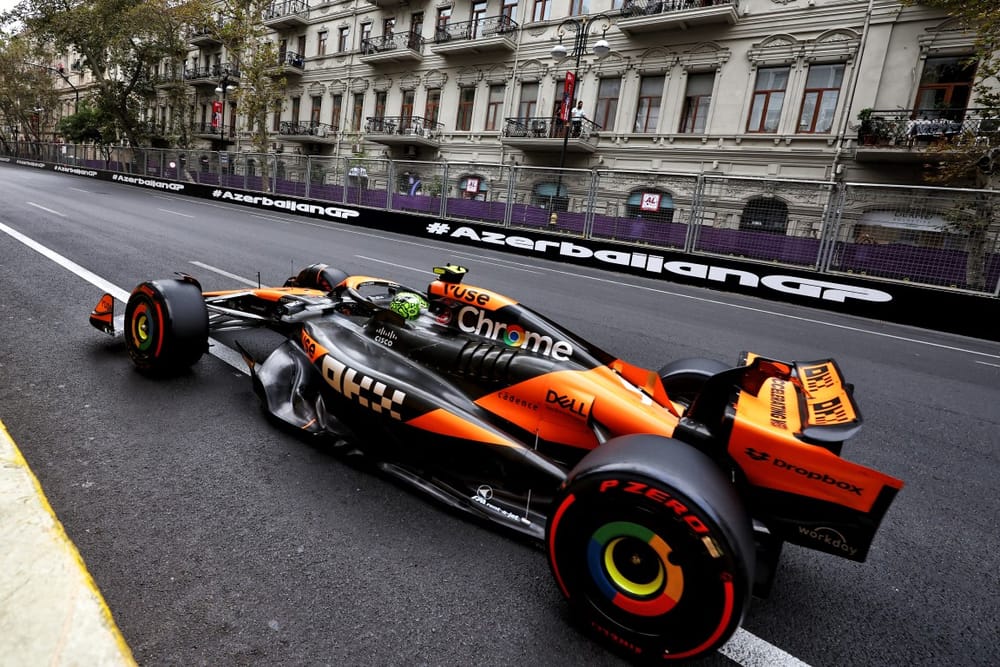Up Next

Lando Norris’s elimination in the first part of Formula 1 qualifying for the Azerbaijan Grand Prix was a blow for his and McLaren’s world championship chances, but the situation was made worse for the team by its belief that the yellow flag that ruined his final lap was “unnecessary”.
Norris ended up 17th after aborting his last lap in Q1, which was the only attempt he had time for on his final run. He was still on the set of tyres he used for his first run, but according to team principal Andrea Stella they were “good enough” given team-mate Oscar Piastri was also on used rubber for that run and Norris “was exactly at the same kind of pace”.
However, a wide moment out of the Turn 16 left-hander, effectively the final ‘real’ corner before the flat-out sweeps to the line, was followed by a big lift as Norris passed the slow Alpine of Esteban Ocon and backed off before heading into the pits.
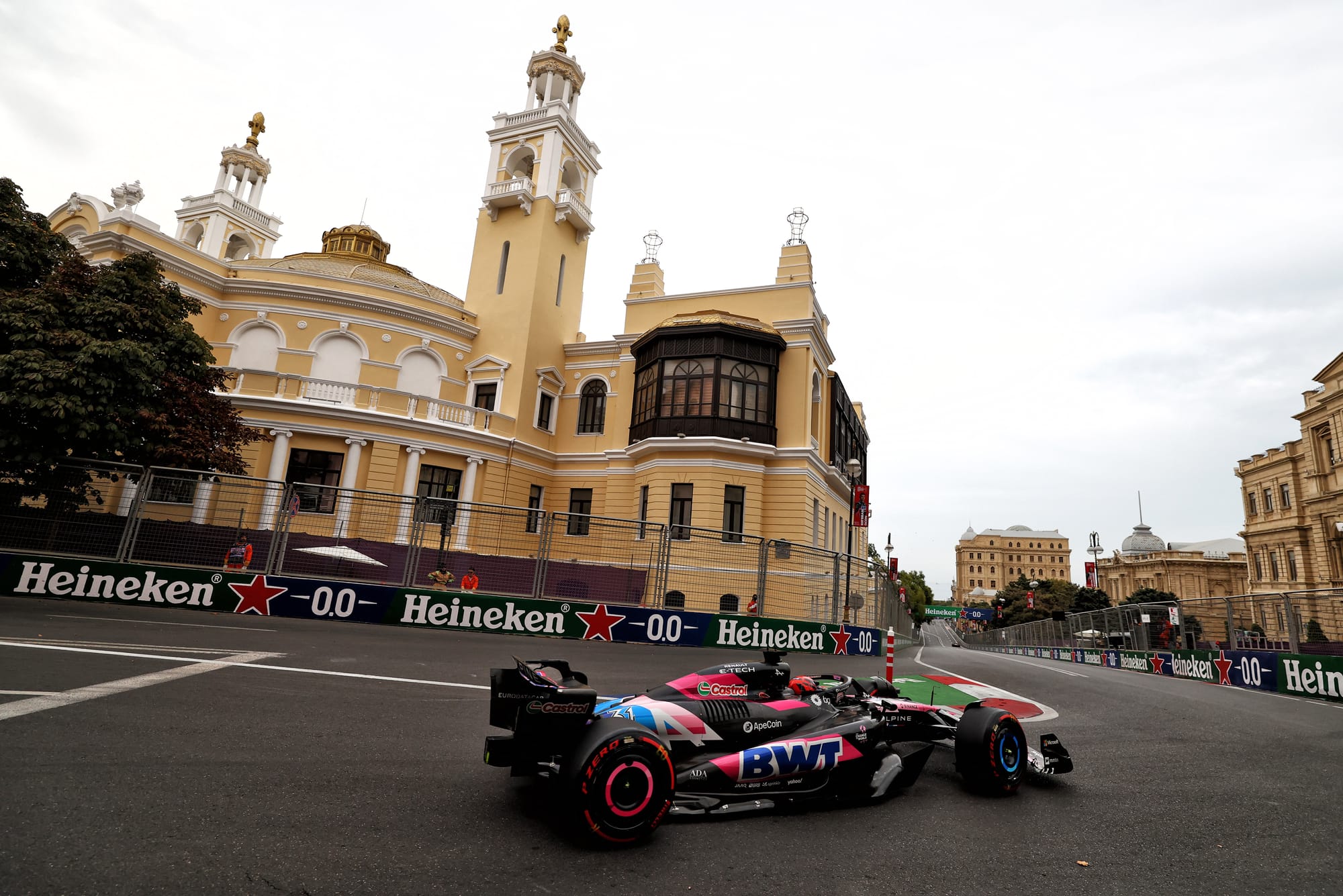
Ocon was crawling back in a damaged car, having hit the wall at the Turn 4 right-hander. That led to a big moment in the following Turn 5-6 left-right thanks to the resulting puncture that forced his eventual slow return to the pits. He did this effectively and his progress wasn’t covered by yellow flags until late in the lap, with the white 'slow-moving vehicle' flag deemed sufficient.
Norris first caught sight of an active flashing light board just before Turn 16 as he emerged from Turn 15, although it's not entirely clear whether this was a yellow light or a white light to indicate slow-moving vehicle. This went out before he got there and didn't appear to affect his approach into Turn 16.
But the yellows that caused him the problem were in marshal sectors 18 - the second sector cars enter after coming through Turn 16. While the onboard footage was inconclusive, McLaren has confirmed its data indicated there was a yellow flag that Norris had to respond to by lifting and aborting the lap.
Was it needed?
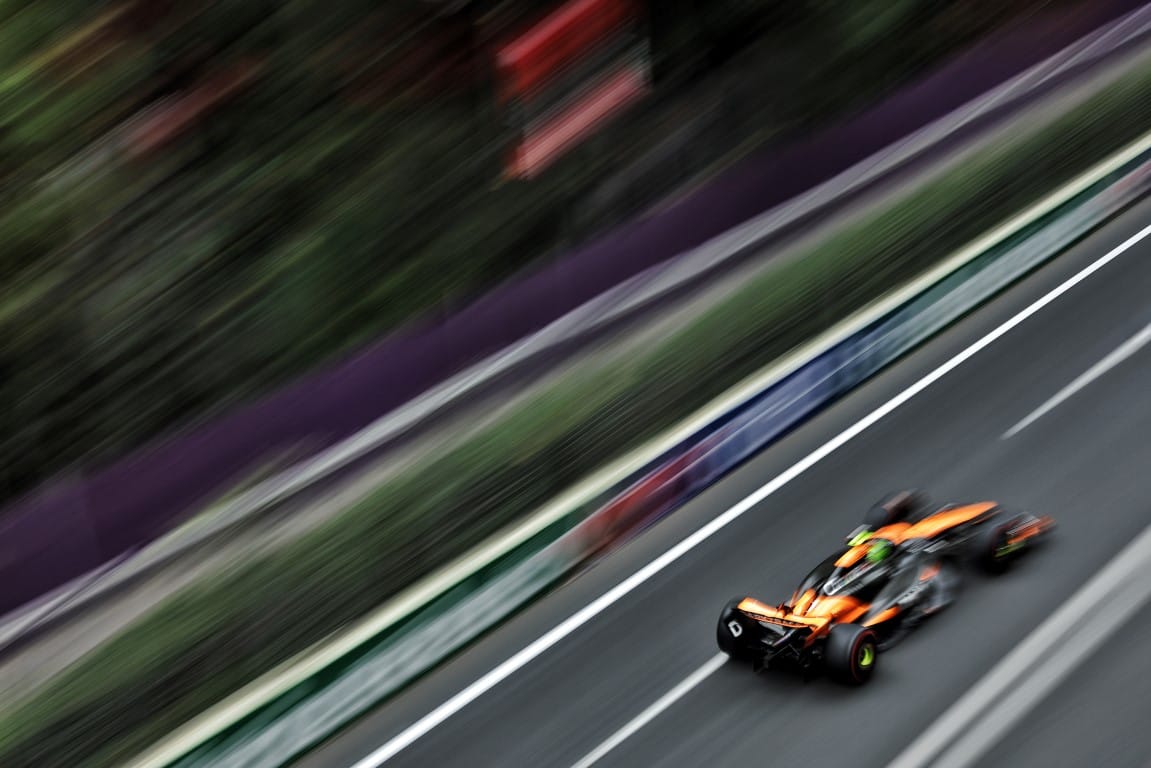
“We were discussing now with the FIA as to why the yellow flag was displayed at that moment in time, which was extremely costly,” Stella told Sky Sports F1.
When asked if the team told Norris to slow, Stella said: “The team didn't say it because it was displayed last-minute. And we checked right now in our tools and it is actually displayed as a yellow.
“So we were in conversation with the FIA as to why that happened because the yellow flag isn't necessary when there is a car that is just a slow car, it's off-line, going [slowly].
"Everyone tries their best, I'm sure. This time there was a situation which ideally and by the regulations shouldn't have happened. We paid the price.”
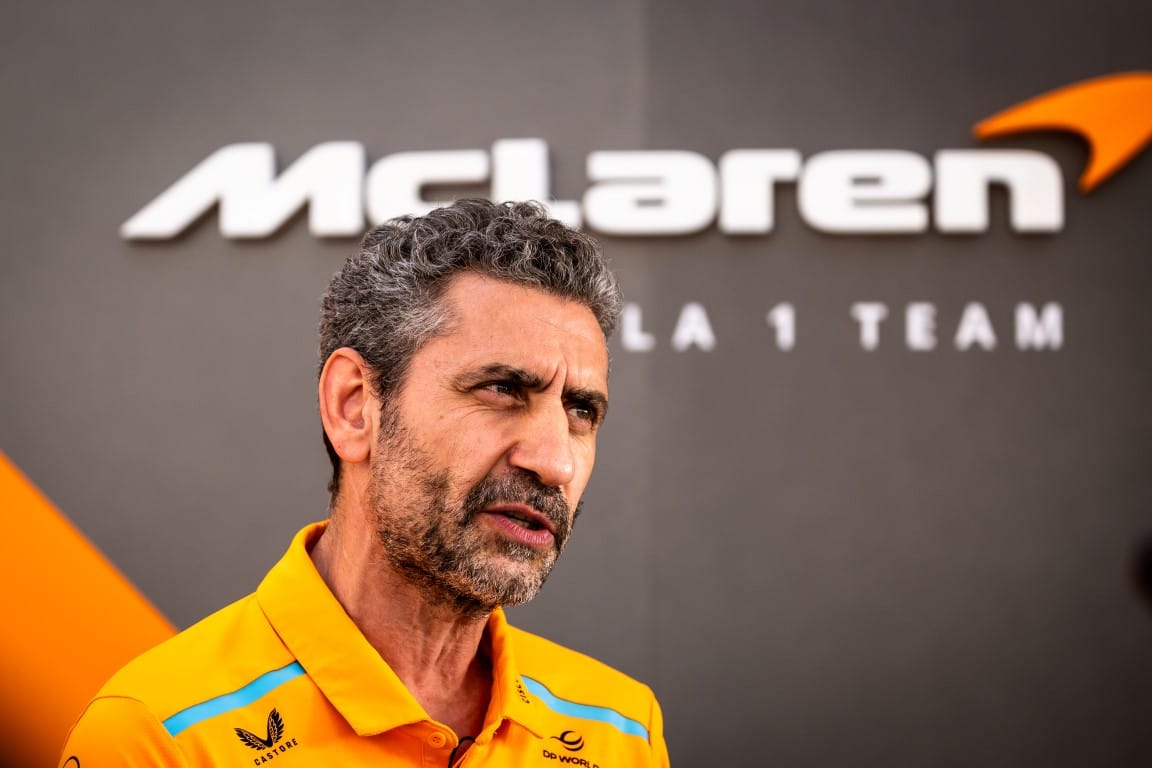
The Race understands that there have only been initial discussions between McLaren and the FIA - and that a deeper conversation will likely follow.
However, while a yellow flag was not used to cover Ocon’s crawling car for his inlap after his initial moment in Turn 5/6 until later in the lap, it’s likely that the FIA will cite the combination of very slow car with the blind left-right combination of the flat-out Turn 17-18 as the reasoning for finally deploying yellows at that point. The marshals also have discretion on which flag is used based on their judgement.
It's also understood that the need to be sharp with yellow flags in this area was discussed in the drivers' briefing. That could explain the eagerness to throw a yellow, and why it was withdrawn once Ocon was back onto the straight after Turn 19.
'You can't overtake'
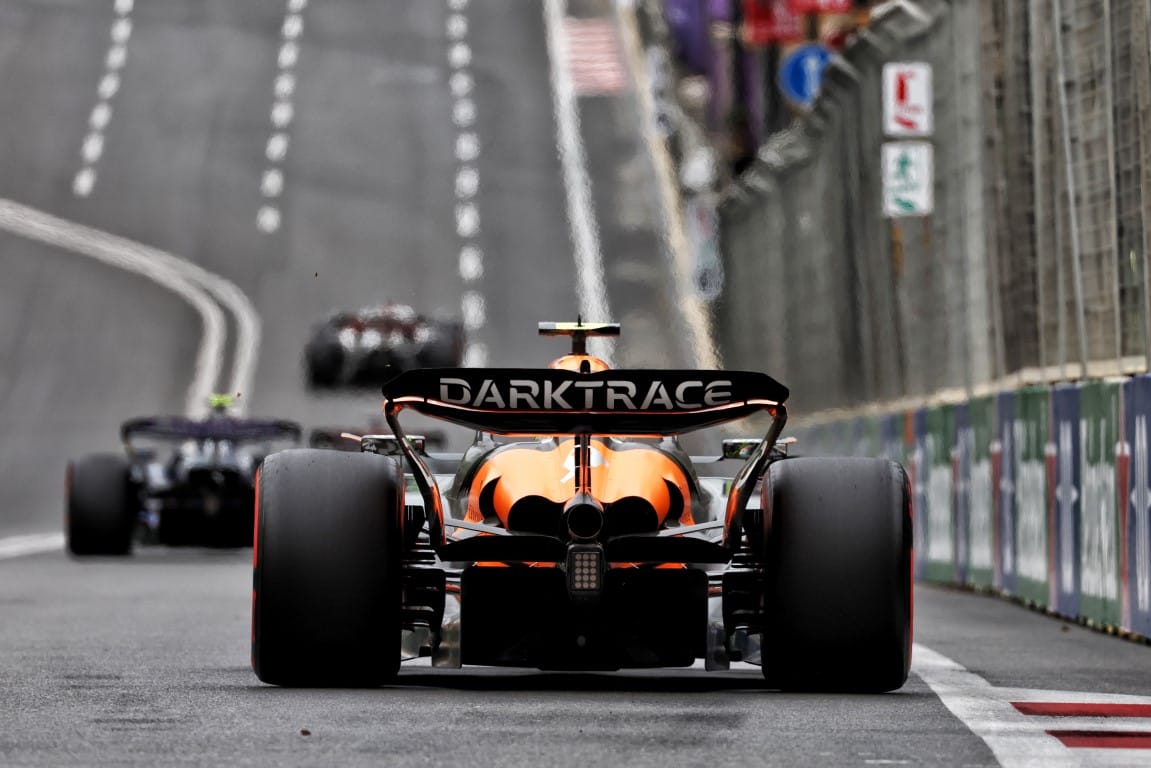
Norris cut an understandably dejected figure after the session given the blow to his world championship chances, with a 62-point deficit to Max Verstappen to make up. His claim that the championship implications don't "make a difference to me”, presumably on the basis that he would always be unhappy with such a qualifying result, didn’t entirely ring true given what's at stake.
Despite that, he still has the chance of getting a result in Sunday's race. But although Piastri proved the pace of the McLaren by qualifying second between the two Ferraris of Charles Leclerc and Carlos Sainz, Norris believes progress will hinge on good strategy.
“I think everything is going to have to be done with strategy because you can’t overtake,” said Norris.
“There are plenty of cars at the back that are just going to take all the wing off [to maximise top speed] and just hope for the best - and that makes it impossible for a lot of cars to overtake them.
“The car’s quick and I hope that can come into our hands and at some point I can get clean air. But on a street circuit everything gets backed up so much. You just kind of get forced into a position and you can’t do a lot at times.
"We’ll hope for the best but I don’t expect anything magical unless strategy comes into play.”


